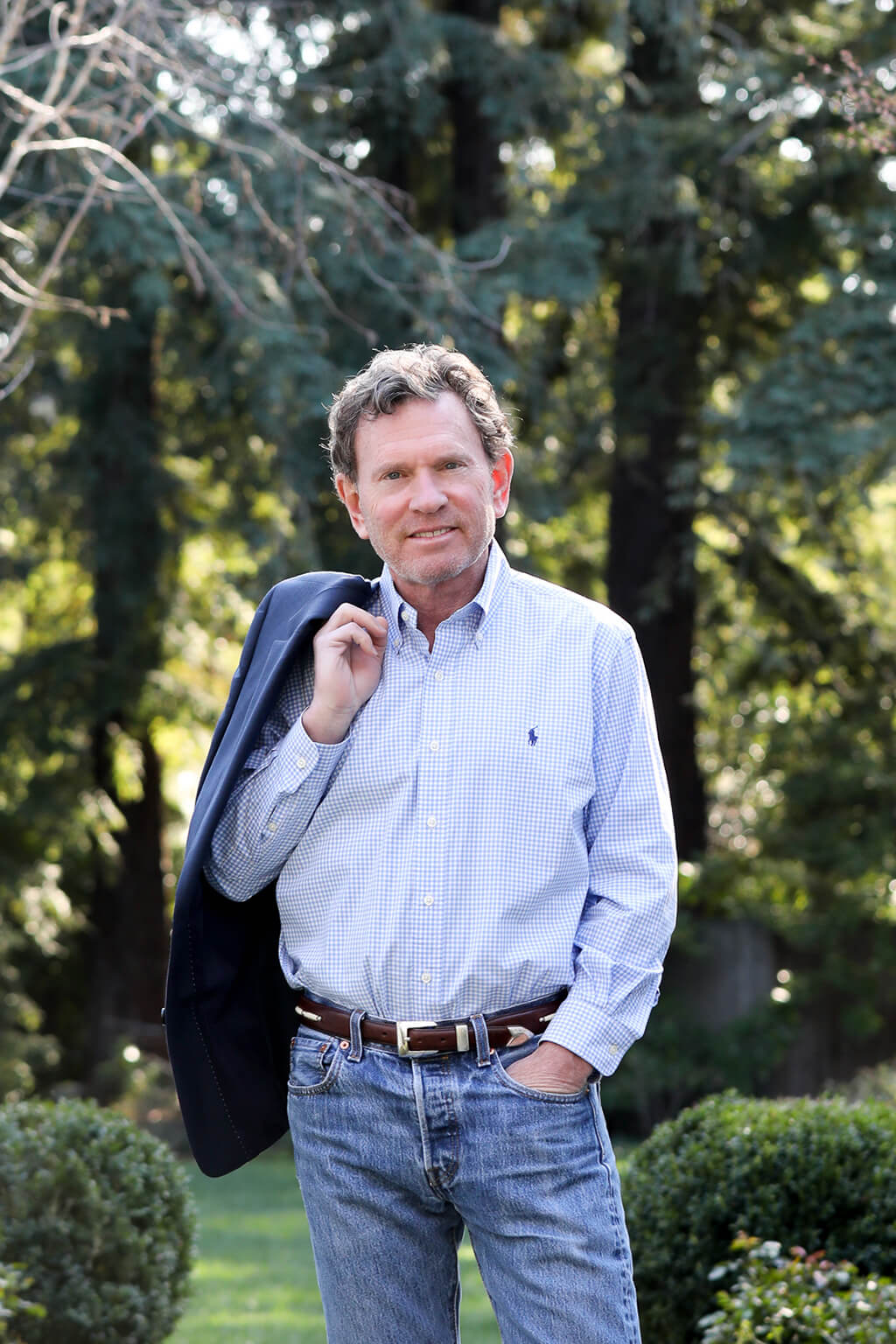Periodically, I receive alerts from the DNA testing company 23 and Me about new traits associated with my genetic background, newly discovered DNA relatives or other interesting insights. Indeed, once I looked at my “new” relatives and found out that I had unbeknownst first cousins (but that’s a different story).
Recently, the company sent me information about my Neanderthal DNA (that we all apparently have), which was in the news since a report showed that those with higher levels of such DNA were more likely to get Covid.
I thought it worth exploring so I opened the email and checked out my Neanderthal component, thinking it must be high, thus elucidating some of my more barbaric traits. It turns out that my Neanderthal DNA amount is actually lower than most, perhaps explaining why I have never gotten Covid, despite not doing much to protect myself except for getting all vaccines the moment they become available.
The report listed several of my Neanderthal DNA traits and one clearly stood out: “You have two variants associated with having difficulty discarding rarely used possessions.”
I’ve found that these reports from 23 and Me are usually accurate, previous reports having stated that I have blue eyes, am not going bald and that I detest cilantro. All true. So, I have grown to respect their statements about my traits and habits.
My family laughed when I told them about this “new trait” since, as they know too well, it is a dominant aspect of my personality. Sometimes it’s a relief to know that it’s your genetics causing you to act in a certain way—and that you’re not just being deliberately stubborn or difficult.
While I am extremely organized and don’t desire a lot of possessions, I’ll gladly admit that I love the ones that I do have and have an extremely tough time parting with any of them.
Part and parcel to this is that I seem to practice anthropomorphism—the attribution of human qualities to inanimate objects. As a child, I remember watching my cousin throw a pencil out the window of my uncle’s car. All I could think about for the next hour was the poor pencil, whether it was injured or if other cars were running over it.
My childhood home, which was in my family for almost 70 years, held strong emotional attachments for me. Each room, every fixture, even light switch plates, held sway over me. When I returned there as an adult, I could touch a handrail, hear the whirr of the air conditioning or look into the food pantry and be instantly transported back to my once safe and loving childhood.
Walking into my sister’s bedroom triggered a rush of memories; looking at our front yard “baseball” diamond made me think of my brother Dan and our dog Tamby playing ball there. When I was inside that home for the final time, I took a few physical keepsakes and made a long video of everything so that I can forever relive those moments.
Despite efforts by my family to discard mementos of my children, I have managed to save a good number of them, including all four baby blankets, Little League shirts and hats, and a large assortment of drawings, homework assignments and awards. I also have a plethora of objects from my parents and grandparents, everything from passports to watches to my father’s favorite belt. I’ve tucked away dozens of mementos from my youth, from my first baseball trophy to the ribbon my dog Tamby won at a local dog show. Seeing and holding these objects gives me a great deal of pleasure and happiness.
I treasure a pair of kitchen scissors that were my mom’s, having traveled from our old home to the various stops she made until her passing. When I see them, hold them, I think of her with love. And in my office closet is a large poster of my daughter Tali, clutching a big frog when she was about four. Every time I open the closet door, I get a small spark of joy. I am so glad that I kept it.
Today, some “organizers” suggest taking photos of things you care about and then throwing them away, but they don’t understand that this is often a terrible mistake. Of course, being a slave to possessions is not good, but objects can have deep emotional and symbolic significance. When I see these “things,” they bring me serenity and moments of tender reflection.
In addition to my great-great-grandfather’s (Leib Citron’s) kiddush cup, which has his initials on it, I also have a beautiful, small Hanukkah menorah, a hanukkiah. Made from brass with a lion in the middle, it holds only small birthday candles. Each year at this time, I put it out with our collection of menorahs that we light. As I watch the tiny tapers glow, I am once again a six-year-old child mesmerized by the flickering flames.
I love this possession and the joy it brings me. And I will forever keep it with me and then pass it along to the next generation. No photograph would do. I guess you could say, it’s in my DNA. Merry Christmas and Happy Hanukkah.


